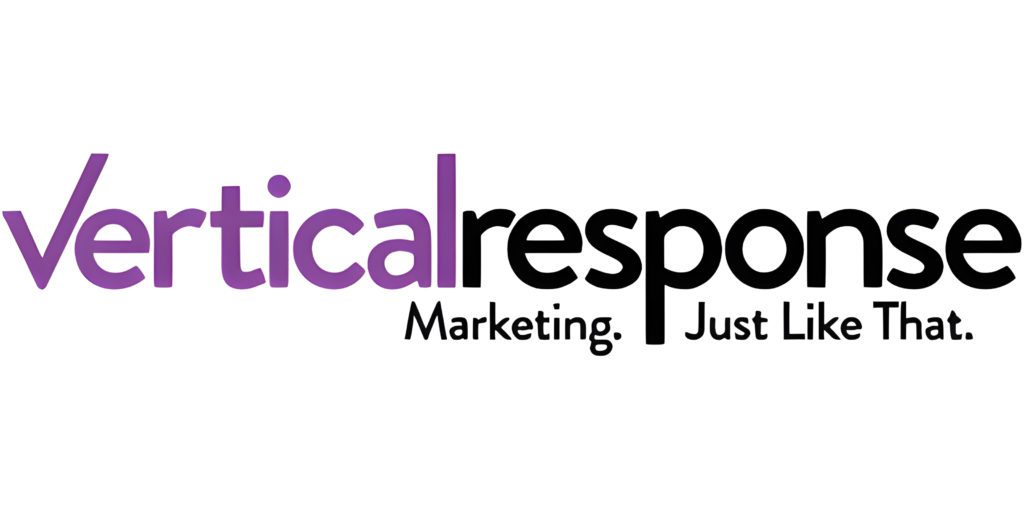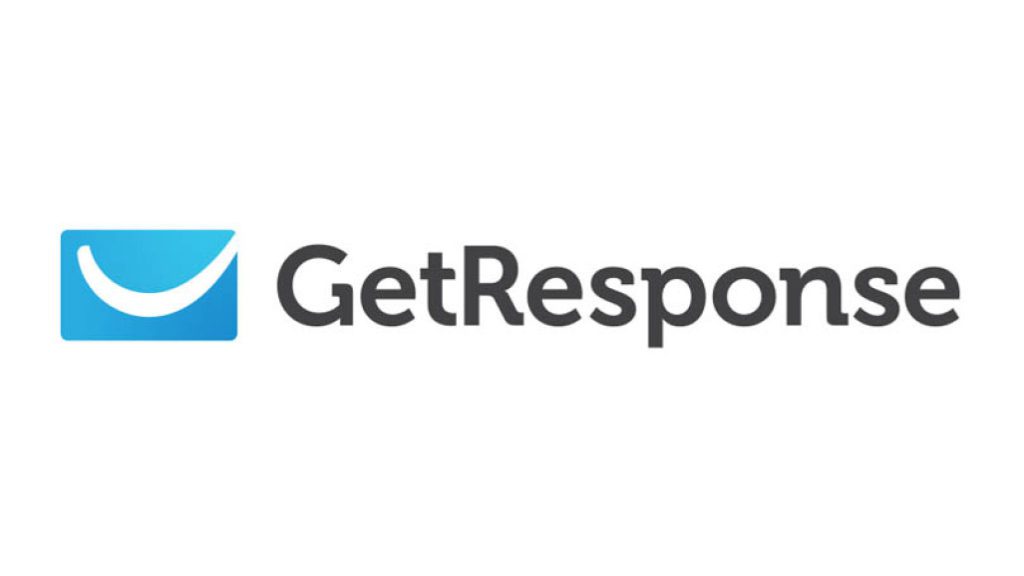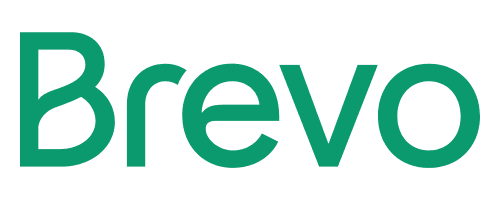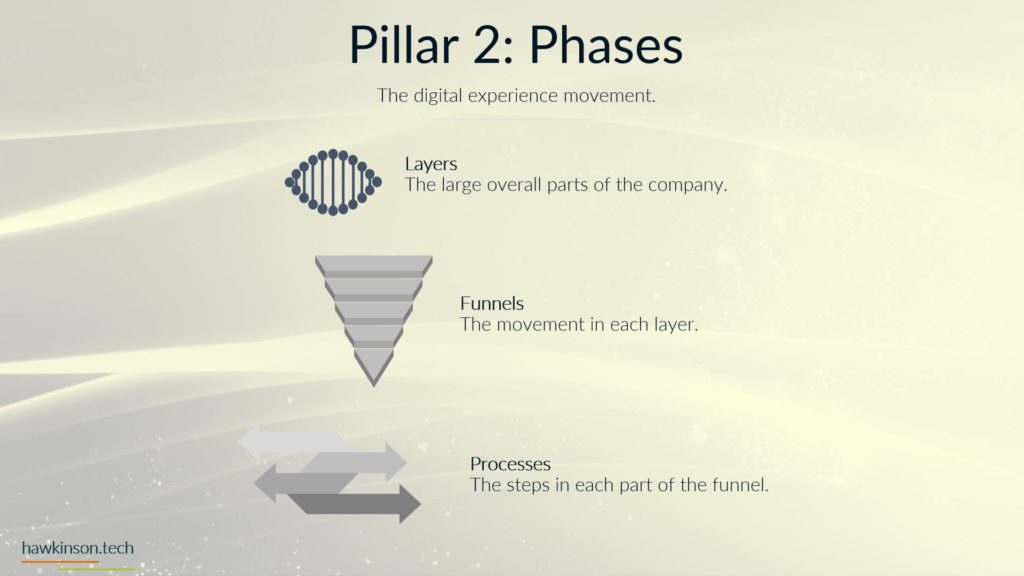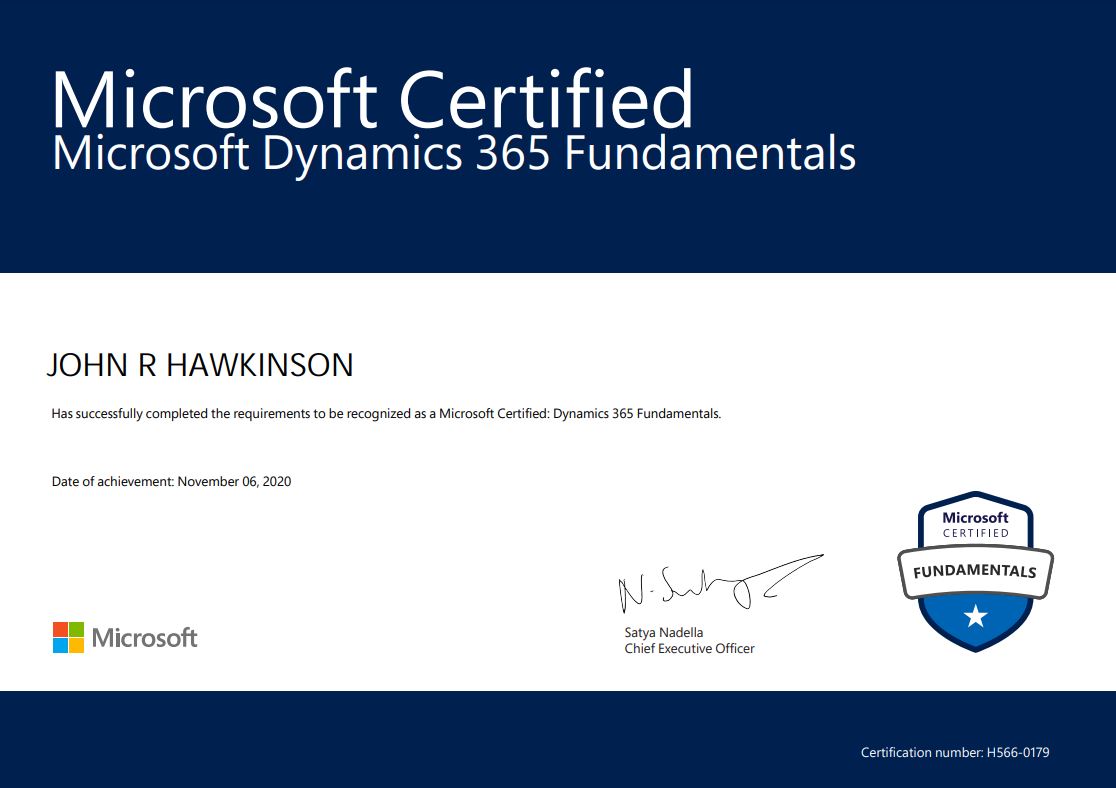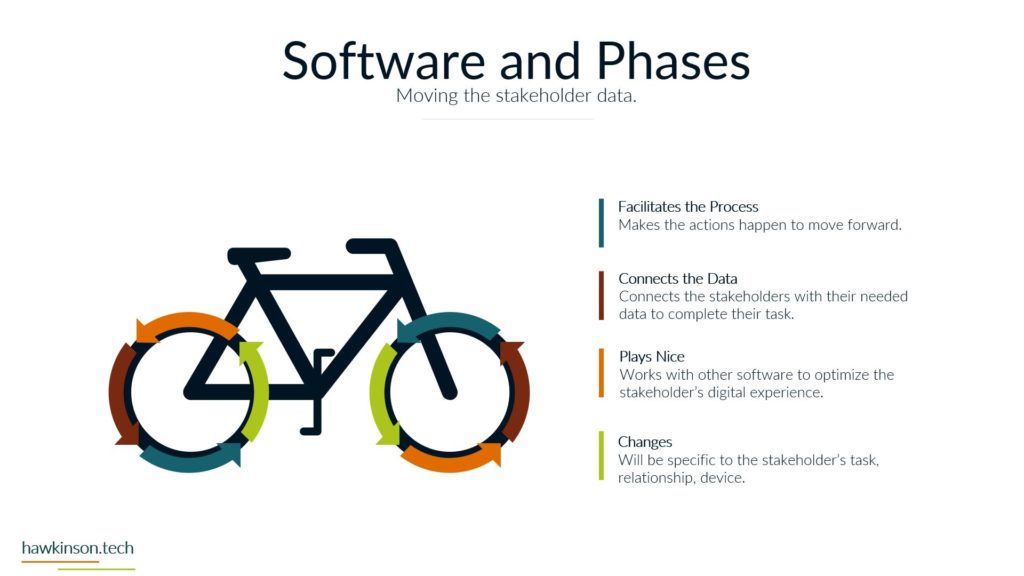Plugins are a crucial component of the WordPress ecosystem for WordPress websites to function. Using plugins allows you to save time and access some unique features. Plugins may be quickly installed and set up, saving developers and website owners a lot of time.
WordPress plugin Solutions
JetPack
Popular WordPress plugin Jetpack offers several tools and features for managing, securing, and performing websites. It is made to make website management more efficient and simple for WordPress website owners and administrators.
Site backups, spam filtering, integration with social media, and website statistics and analytics are just a few of the services Jetpack offers. Additionally, it has website security features like two-factor authentication and protection against brute force attacks.
Contact Form 7
Contact Form 7 is a well-liked and cost-free contact form plugin for WordPress. Users can design custom contact forms and include them in WordPress websites or blog posts. The plugin offers customers a variety of options for designing and maintaining their forms because it is intended to be adaptable and user-friendly. It offers a straightforward interface for making contact forms with fields for the user’s profile, address, subject, and message that may be customized.











